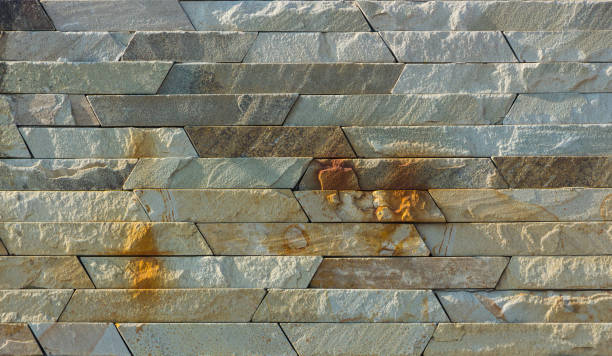In the dynamic world of interior design and architecture, innovation continues to drive the evolution of materials and techniques. One such innovation that has gained significant traction in recent years is flexible stone veneer. Offering a unique blend of aesthetic appeal, practicality, and versatility, flexible stone veneer has quickly become a favored choice among designers and homeowners alike. In this article, we delve into the various advantages of flexible stone veneer and its transformative impact on contemporary design.
Unveiling the Beauty of Natural Stone:
At the core of flexible stone veneer’s allure lies the timeless beauty of natural stone. Crafted from genuine stone, such as slate, quartzite, or mica, flexible veneer retains the authentic textures, colors, and patterns that are characteristic of solid stone surfaces. This ensures that each installation exudes a sense of natural elegance and sophistication, enriching interior and exterior spaces with a touch of organic charm.
Flexibility Redefined:
Perhaps the most defining feature of flexible stone veneer is its remarkable flexibility. Unlike traditional stone slabs, which are rigid and inflexible, flexible veneer can be easily manipulated to conform to curved surfaces, irregular shapes, and intricate architectural details. This newfound flexibility unlocks a world of design possibilities, allowing for the creation of seamless transitions, dynamic curves, and sculptural forms that were previously unattainable with solid stone materials.
Seamless Integration:
Flexible stone veneer seamlessly integrates into a wide range of design styles and environments, from residential interiors to commercial spaces and outdoor landscapes. Whether used to clad walls, columns, furniture, or decorative elements, flexible veneer adds a touch of sophistication and luxury to any setting. Its adaptability to both indoor and outdoor applications makes it a versatile solution for architects, designers, and homeowners seeking to elevate their spaces with the natural beauty of stone.
Ease of Installation and Cost Efficiency:
In addition to its aesthetic appeal and flexibility, flexible stone veneer offers practical advantages in terms of installation and cost efficiency. Unlike solid stone slabs, which often require specialized equipment, skilled labor, and structural reinforcements for installation, flexible veneer can be easily cut, trimmed, and adhered using standard tools and techniques. This not only simplifies the installation process but also reduces labor costs and construction time, making it a cost-effective option for projects of all scales.
Durability and Maintenance:
Despite its thin profile, flexible stone veneer is surprisingly durable and resilient. Engineered to withstand the rigors of daily use and environmental exposure, flexible veneer maintains its integrity and aesthetic appeal over time. Furthermore, its low porosity and resistance to stains and moisture make it easy to clean and maintain, requiring minimal upkeep to preserve its beauty and functionality for years to come.
Conclusion:
In conclusion, flexible stone veneer represents a paradigm shift in the world of interior design and architecture. Offering the beauty of natural stone with unmatched flexibility, versatility, and ease of installation, flexible veneer has revolutionized the way designers approach surface finishes. Whether used to create striking feature walls, elegant accents, or seamless transitions, flexible stone veneer empowers designers to realize their creative vision and transform spaces with timeless elegance and sophistication. As the demand for innovative design solutions continues to grow, flexible stone veneer stands poised to remain a cornerstone of modern design for years to come.




